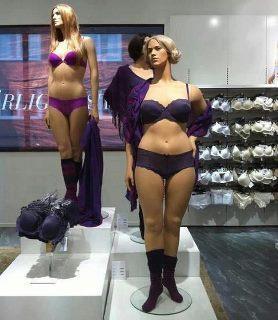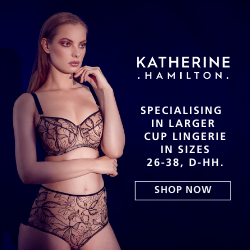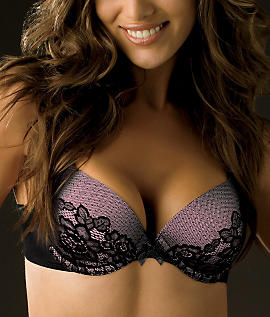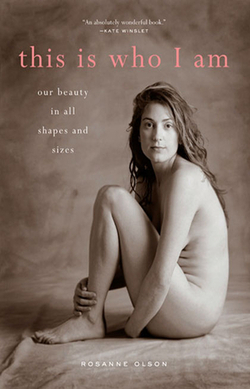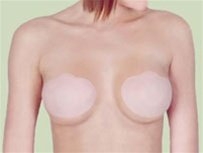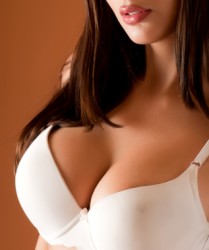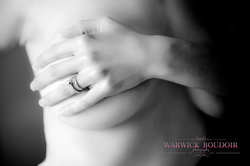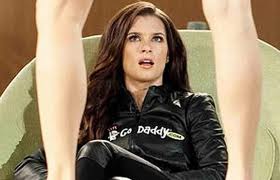New Push for Diversity in Lingerie
Is the lingerie industry willing to respond to social media demands for greater diversity in lingerie advertising and fashion displays?
Bloggers from all over the world hope the answer is “yes.” They’ve banded together today to mark their posts with the hashtag #DiversityInLingerie. Their effort brings attention to an issue that goes beyond the world of bras, panties, and other delicate underpinnings. Most fashion marketing doesn’t represent the body types, ages, or skin tones of the majority of shoppers. To underscore this point, many of those blogging about diversity in lingerie are including photos of themselves.
Lingerie brands may be the right target for such a social media campaign. The industry, broader than the giant Victoria’s Secret brand, seems responsive to changes based on consumer demand. Over the past 10 to 15 years they’re expanded their range of bra sizes and styles. They’ve also succeeded in swapping out less stereotypically rail thin professional models to include “curvier” female consumers. New mothers now have options in stylish and sexy maternity and nursing foundations. A recent Lingerie Fashion Week show featured pregnant lingerie models on the runway.
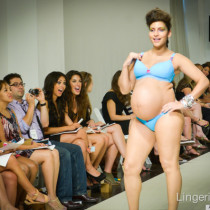
But there’s room for improvement. And too often “diversity” is the token exception to the norm. There might be a plus size (ironically more normal in average body weight and size) model or maybe one or two women of color included in seasonal promotions. It’s more a ploy than a way to embrace other populations. When it comes to age, lingerie sales are geared to the 18 to 25-year-old woman, rather than over the course of a consumer’s lifetime. Sexual orientation is almost always defined by the heterosexual male gaze.
There’s much more than target marketing to consider. Sociological studies confirm that women who view unrealistic media images of the female body have lower self-esteem. These advertisements are shown to contribute to eating disorders in young girls and women. The fashion industry argues that thin models help sell products, but pro-diversity bloggers counter with new research that shows the opposite. Shoppers aren’t opposed to greater representation. Even a photograph of differently sized lingerie mannequins went viral earlier this year, and was welcomed by male and female readers alike.
It makes sense to promote greater diversity in women’s fashions by looking at how women’s foundations are marketed and sold. These are the basic building blocks on which we dress ourselves for the outside world. How we look at ourselves and others – bared to the world in just underwear — might be the right place to start.
To learn more about #DiversityInLingerie, please go to Braless in Brasil or visit these blogs: Les Gros Bonnet, Wide Curves, By Baby’s Rules, Kurvendiskussionen, The Full Figured Chest, Curvy Wordy, Under the Unders, Muscular Hourglass, The Absurd Curvy Nerd, A Sophisticated Pair, The Lingerie Addict, FullerFigureFullerBust, Invest In Your Chest, Thin and Curvy, Bras and Body Image, Voluptuously Thin, Venusian Glow, That Bra Does Not Fit Her, Fussy Busty, Two Cakes on a Plate, Busty & Thrifty, and more.
What do you think? Should there be a more diversity shown in lingerie advertisements and women’s fashion magazines? Do you think brands will respond to the #DiversityInLingerie campaign?
Image credit: Swedish Lingerie Mannequins via LA Times

